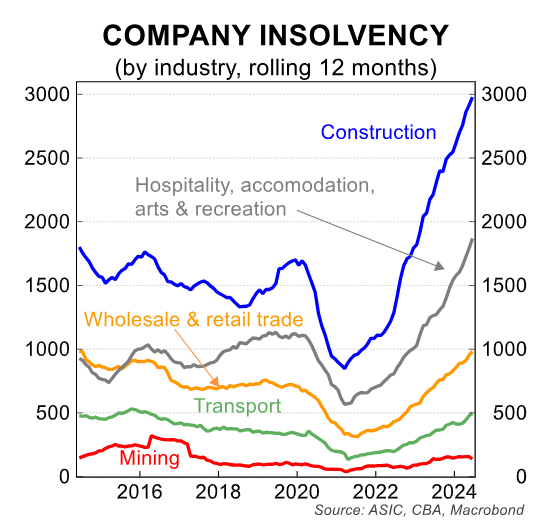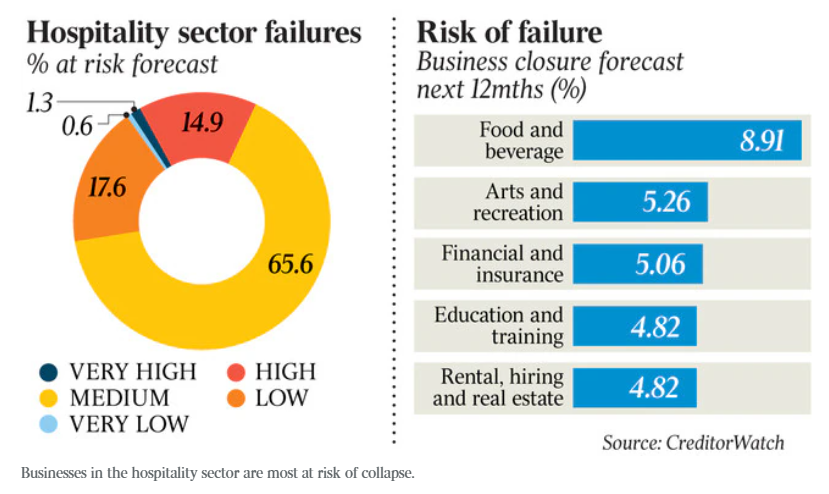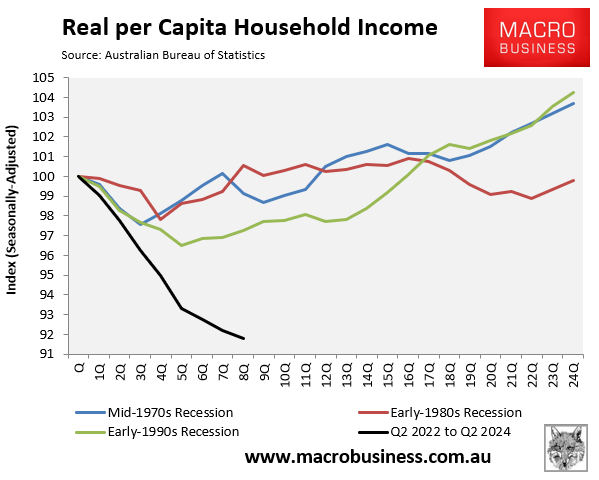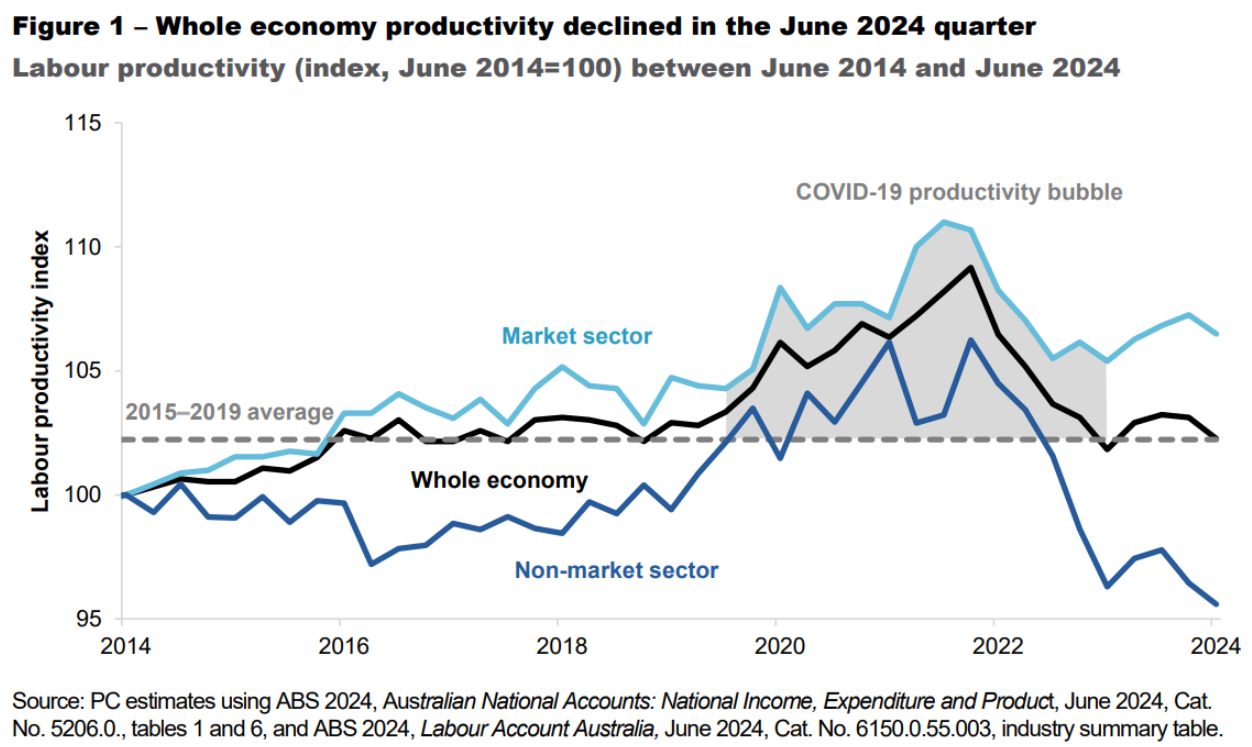This century saw an explosion of cafes around Australia.
For example, when I relocated to the Melbourne suburb of Ashburton in 2006, there were only a few cafes along the High Street shopping strip.
In the years preceding the pandemic, the number of cafes on or near the strip grew to more than a dozen.
The number of cafes was never sustainable. While a few were consistently busy, most cafes sat dormant with few customers.
Several cafes on my local High Street now have For Lease signs. The number of cafes operating has decreased for the first time in a decade.
A similar scenario is playing out across Australia.
The increase in hospitality industry insolvencies, which are about double pre-pandemic levels, demonstrates that the great cafe bubble has burst.

The situation is unlikely to improve anytime soon. According to a recent CreditorWatch survey, nearly one in every six (16.2%) hospitality businesses are at high risk of failure because of high loan rates, rising costs of living, and the pandemic’s long-term consequences.
Furthermore, around 9% of food and beverage firms are expected to shut within the next year.

CreditorWatch CEO Patrick Coghlan cautioned that these businesses are “heavily reliant on discretionary spending” and will “continue to find it tough until consumers feel a reduction in cost-of-living pressures, which won’t happen until we see a couple of rate cuts”.
“Discretionary spending is one of the few ways that consumers can actively cut costs – whether that’s eating out less, buying fewer coffees at cafes or not seeing so many concerts or theatre shows”, he said.
A 9News report explains how the cafe industry is experiencing its hardest year on record, with one-in-ten cafes projected to close in the next year.
Bringing in a Canberra and a Hobart each year
but 8.5% of cafes went bust last year
and 10% predicted to go bust next year https://t.co/KN52oyFr8L— Matt Barrie (@matt_barrie) November 24, 2024
“In the next 12 months, we are looking at one-in-ten hospitality businesses failing”, CreditorWatch CEO Patrick Coghlan told 9News.
“They have never been doing it so tough as they are at the moment”.
Finance editor Chris Kohler attributes the closures to two primary factors:
- Costs—ingredients, power, labour, rent, insurance—are still rising, crunching margins.
- Cost-of-living pressures has decreased buyer demand.
“Inflation still is running higher than we want it to be”, Coghlan said, adding that “interest rates aren’t going to come down for months and will come down slowly”.
Australians have experienced their sharpest decline in disposable incomes on record, which has prompted them to cut back on discretionary spending, including cafes.

Most Australians cannot afford to pay more than $5 for a cappuccino or $20 for smashed avocado and eggs on toast. Excessive price inflation has killed demand.
Thus, the twenty-year Australian cafe boom is winding down, with supply shrinking to match demand.
The upside is that hospitality is a low-productivity, low-wage industry. Therefore, any shrinkage will enable labour and capital to transfer to more productive sectors of the economy.
The negative is that they will mostly end up in non-market areas like the NDIS, which has even lower productivity.


